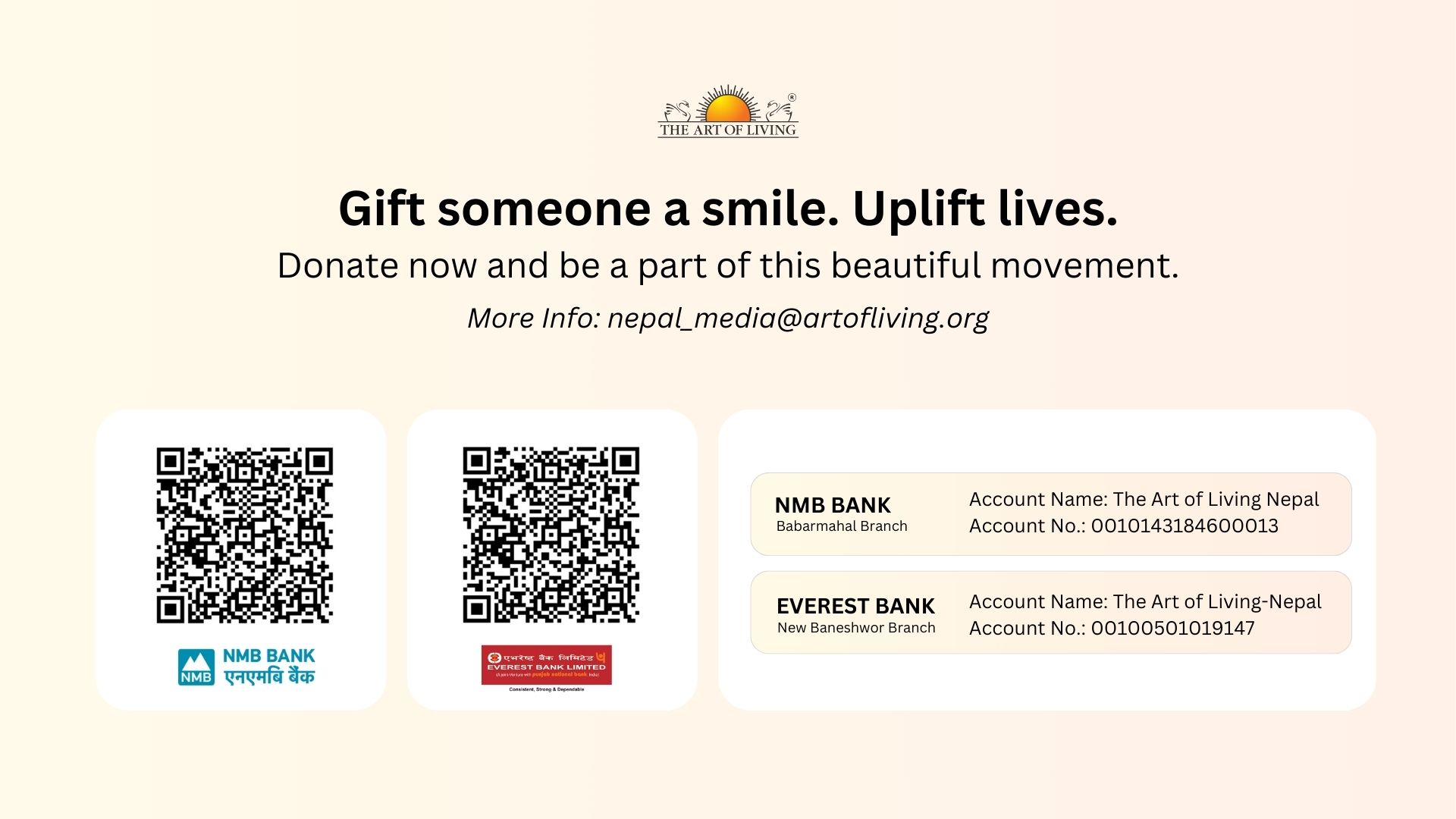Project Pavitra
Spreading menstrual health and hygiene amongst adolescent girls

Challenge
Menstruation is still considered a taboo subject in the Indian society.

Strategy
Conducting programs & generating awareness in rural areas & urban slums.

Outreach
Total of 200,000+ girls from rural communities are envisioned to be sensitised on menstrual hygiene.
Overview
Cultural and social factors still hinder effective menstrual hygiene education for adolescent girls. Many mothers are hesitant to discuss menstruation and lack scientific knowledge about puberty. Even when aware, women in India rarely seek medical help for menstrual issues.
The stigma and lack of information at home and school leave many girls uninformed about menstruation, its physical changes, and proper hygiene practices. Menstruation often brings societal restrictions and altered expectations, impacting girls’ freedom and self-expression.
Inadequate menstrual hygiene can lead to health issues like RTIs and PIDs. Thus, promoting positive attitudes and good menstrual hygiene from the onset of menarche is essential for the health, education, and dignity of girls.
Objectives of the sensitisation program

Spreading Awareness
Making girls aware about the normal phenomenon of menstruation

Eliminating Taboos
Managing menstrual health & hygiene, while eliminating social taboos

Lifestyle change
Helping them abide to healthy eating & physical fitness lifestyles

Building Confidence
Inculcating a sense of confidence, pride & honour in being a female
Strategy
A training module spanning 90-minutes-a-day for three consecutive days has been developed through research and consultation, and advice with our in-house experts of Yoga and Ayurveda. This comprehensive program addresses menstrual health issues among adolescent girls and women between the age group of 11 – 45 years.
The workshops focus on teaching management of mental and physical aspects of stress experienced by girls due to menstruation by teaching them:
- Pranayama to reduce premenstrual tension (increased irritability, bloating and cramps).
- Yoga asanas to keep PMS, excessive or scanty blood flow under check.
- Diet for having healthy periods and regaining lost nutrients (using locally available food items (to avoid anaemia and weakness).
- Games and skits to help girls dispel myths and superstitions surrounding this natural phenomenon in a playful manner.
- Maintaining adequate menstrual hygiene using local resources.
The comprehensive programme provides complete information on menstruation, menstrual hygiene, product basket available, disposal and treatment, and equips girls and women with the self-confidence and self-efficacy needed to address harmful socio-cultural norms.
Impact
All 7
States in Nepal
11+
Countries
7,000+
Trainers
2,00,000+
Girls & women sensitized
Health and hygiene program for adolescent girls
This sensitisation program provides know-how on how to handle menstruation, improve girls’ knowledge of personal hygiene and boost their confidence by answering their unanswered questions through interactive and engaging training methods. It also provides information to dispel myths and taboos surrounding this issue. Girls are also taught yoga asanas and breathing exercises (pranayama) that relieve menstrual discomfort.






